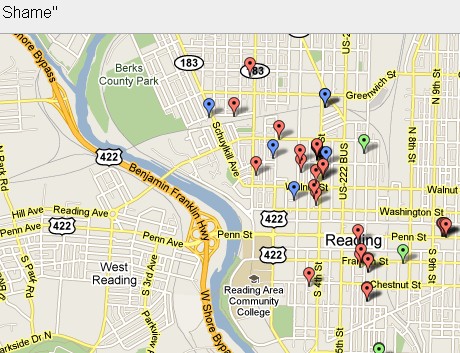Developers and builders are joining forces in the face of a new Federal Housing Finance Agency (FHFA) proposal. The plan that could affect sales in many of the nation’s master planned communities could pit real estate agents and home builders against each other. The battle will be fought mostly in Washington, as lobbyists on both sides of the issue prepare for a fight.
So what’s in this plan that has everyone so worked up? The regulation would mean that Freddie Mac, Fannie Mae and the Federal Home Loan Banks would no longer be allowed to buy mortgages on residences located in communities that require private transfer fees. The fees are paid at the time a home is sold. Usually amounting to less than one percent of the sale price, the money collected sometimes goes to homeowner associations and other community groups.
However, in some cases, the fees are nothing more than a way to generate more money for developers on a perpetual basis. The spirit of the proposal on the table seems to be attempting to protect government sponsored entities, such as the previously mentioned lenders, from this practice. The problem is in the semantics. In its current form, the proposal doesn’t distinguish between fees used to generate income and fees that go to support homeowner associations and common infrastructure. That means some master planned communities could potentially see a hit in overall sales.
Experts worry that without the aid of government lenders Fannie Mae and Freddie Mac, the housing market will suffer a great deal. As it stands now, those two lenders along with the FHA account for approximately 90% of the market when it comes to secondary mortgages. From there it’s a domino effect. If these institutions don’t invest in mortgages of the homes with private transfer fees, primary lenders will balk when it’s time to underwrite those mortgages. That will make homes unmarketable and further take a chunk out of housing values.
There are arguments both for and against the proposed regulations. In the one corner you have arguments that private transfer fees do nothing more than inflate the cost of homeownership for consumers. In the other corner you have arguments that the fees actually help consumers by making housing more affordable, providing funding for amenities and maintenance that would benefit the community.
One of the main arguments behind the new regulation is that private transfer fees artificially raise the cost of homeownership. However, opponents of the regulations say the opposite is true. Private transfer fees help fund things such as environmental mitigation, affordable housing, infrastructure, and community amenities, maintenance, and services that otherwise would have to come directly out of homeowners’ pockets, keeping the cost of living in these communities down while maintaining the desirability of living in such communities.
Time will tell what comes of the FHFA proposal. In the meantime, interested parties can send their opinions to regcomments@fhfa.gov using the subject line, “Guidance on Private Transfer Fee Covenants (2010-N-11).”








